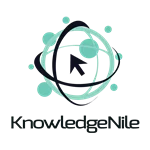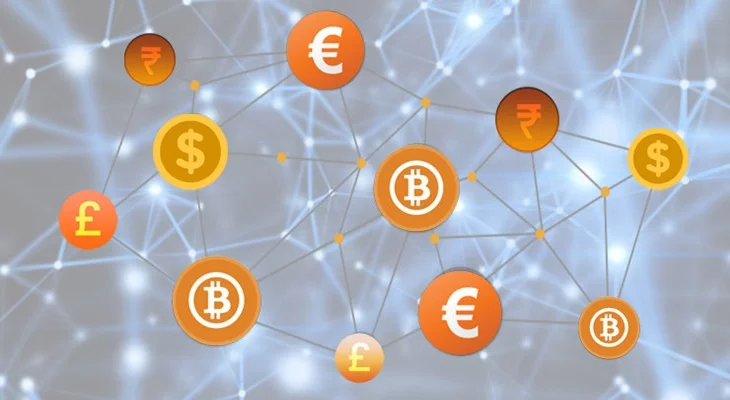Neuromorphic computing is a precise approach that takes hints from neural networks in the human brain. Alternative to von Neumman’s architecture that powers traditional computers, neuromorphic systems emulate the brain’s parallel processing, adaptability and learning.
By clearly understanding the context of neuromorphic computing, we can enter a new world of possibilities. If you’re confused about how to go about with, we’ve got you covered!
In this blog, we’ll explain everything about neuromorphic computing. So, keep reading till the end!
What is Neuromorphic Computing?
A subset of computing called neuromorphic aims to emulate the functioning of the human brain. The term “neuromorphic” evolved from combining two words: neuro refers to neurons, and morphic is a structure.
Nevertheless, the human brain comprises millions of neurons that communicate with each other through synapses. Further, these neurons and synapses form a complex structure that allows the brain to process information, learn from past experiences, and more. Now, neuromorphic computing involves designing software and hardware that replicates the neural and synaptic structures of the brain to process information.
The key idea is that neuromorphic computing is radically changing computer technology. By unleashing the power of data and algorithms, it can efficiently process information with less energy.
How Does Neuromorphic Computing Work?
It mimics the human brain and relies on biology and neuroscience. Initially, neuromorphic computing leverages the processes, structures, and capacities of synapses and neurons in the brain. The transmission of electrical signals is based on Spiking Neural Networks (SNN), a neuromorphic hardware. SNN lets machines imitate human brain activity.
Artificial neurons allow machines to think like humans by passing signals between each other. Neuromorphic computers are eventually implemented because electric pulses or spikes translate the input into an output. Thanks to this technology, we can now access a whole new world of computing power possibilities!
The Benefits:
Faster Speeds
Neuromorphic computers are known for delivering super-fast speeds, as their functioning is like that of the brain. This is one of the stands-out features that sets them apart from traditional computing systems.
Parallel Processing
SNN possesses an asynchronous architecture. Here, each neuron has the flexibility to perform different operations concurrently. Thus, neuromorphic devices can execute various tasks simultaneously, as neurons are active at any time.
Energy Efficiency
The main goal of neuromorphic computing is to duplicate the brain's information processing. Compared with traditional computing systems, this method helps lower energy consumption, which is ideal for applications like IoT, edge computing, and more.
Learn Quickly
Like humans, neuromorphic computers are made to learn in real-time and adjust to changing stimuli by altering the strength of the connections between neurons in response to acquired knowledge.
Neuromorphic Computing Use-Cases:
There are a few real-world applications; however, here are some of its widespread use cases where it can be applied.
Cybersecurity
Cyberattacks are increasing tremendously in today’s digital world. Neuromorphic systems can detect malicious activities or patterns that could mark data breaches or cyberattacks.
Pattern Recognition
Pattern recognition is an essential concept in AL/ML. With its extensive capabilities, neuromorphic computing can easily be used in machine learning applications or pattern recognition, analyzing medical images, and even fMRI brain and electroencephalogram tests that measure electrical activity in the brain.
Robotics
Neuromorphic systems are ideally used in robots as they help boost robots' decision-making capabilities and sensory perception. This way, robots can easily deal with a complex environment, such as detecting objects on the factory floor.
Challenges of Neuromorphic Computing
Even though it comes with a range of benefits, it also faces challenges that must be addressed.
- Limited availability of hardware and software
- There’s no benchmark to assess the neuromorphic computing performance
- Complex to learn and apply
Final Words
Neuromorphic computing is a top-tier edge in the world of technology. The exceptional part is that it combines the power of the human brain to create adaptable, efficient systems that can easily handle complex tasks.
It demonstrates what machines can achieve, revolutionizing fields such as robotics, artificial intelligence, and more. To stay informed about such tech topics, visit KnowledgeNile now.
You May Also Like:






